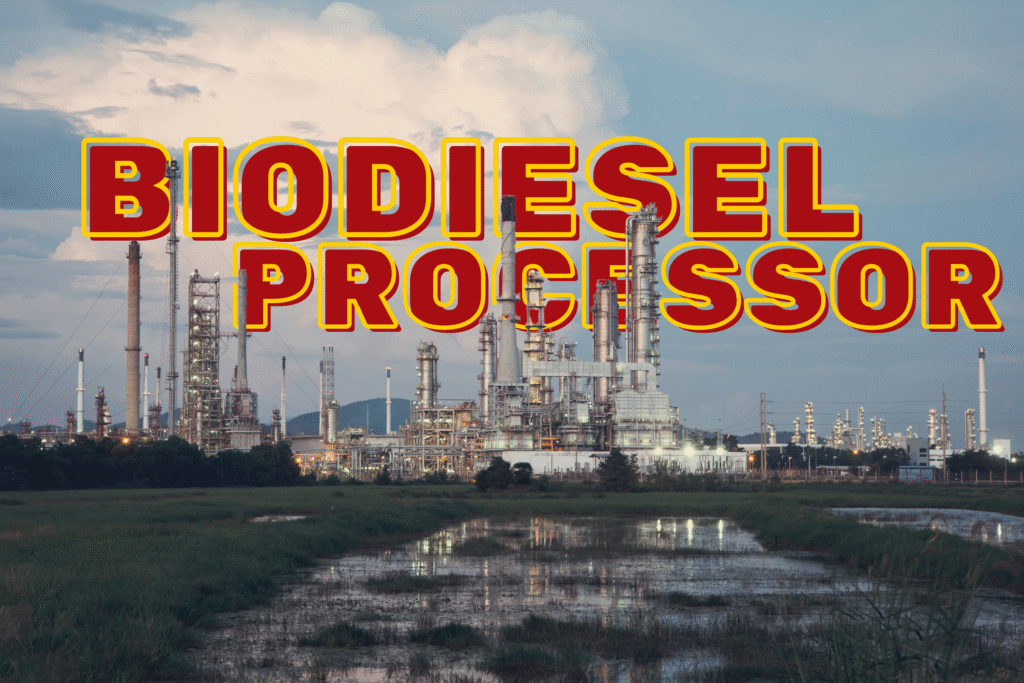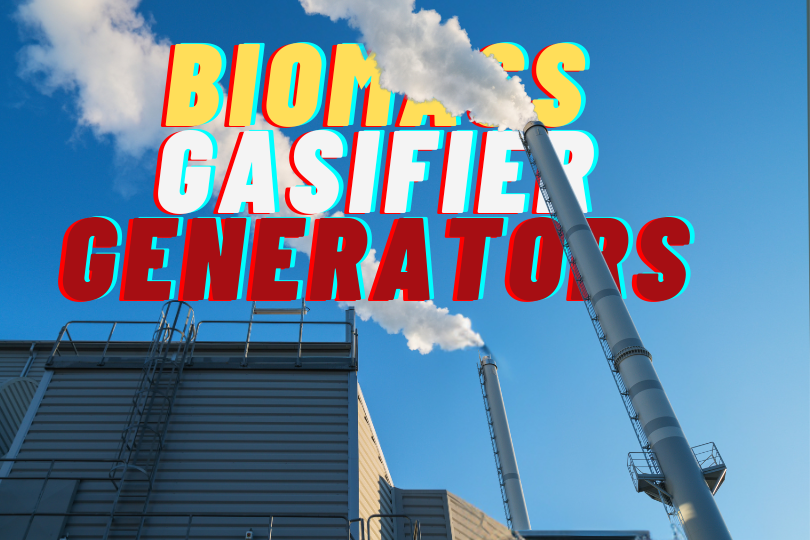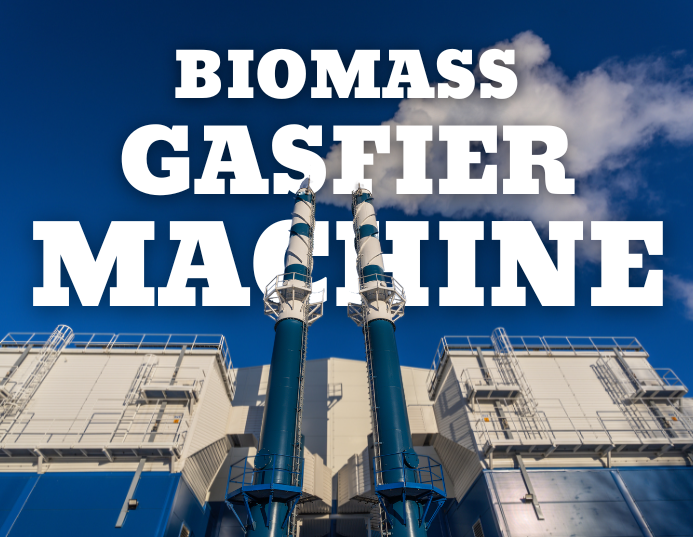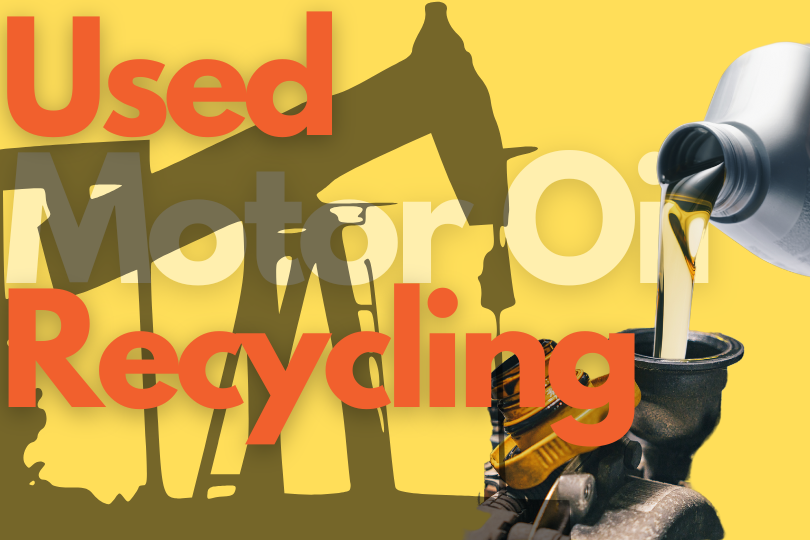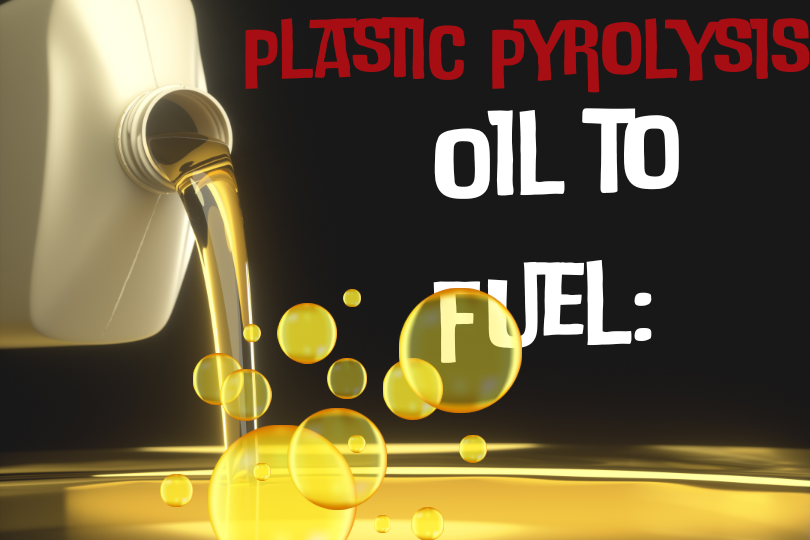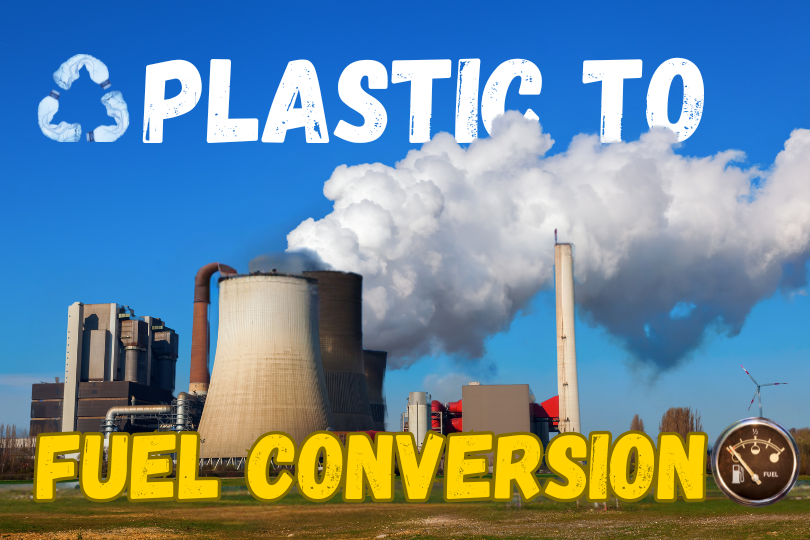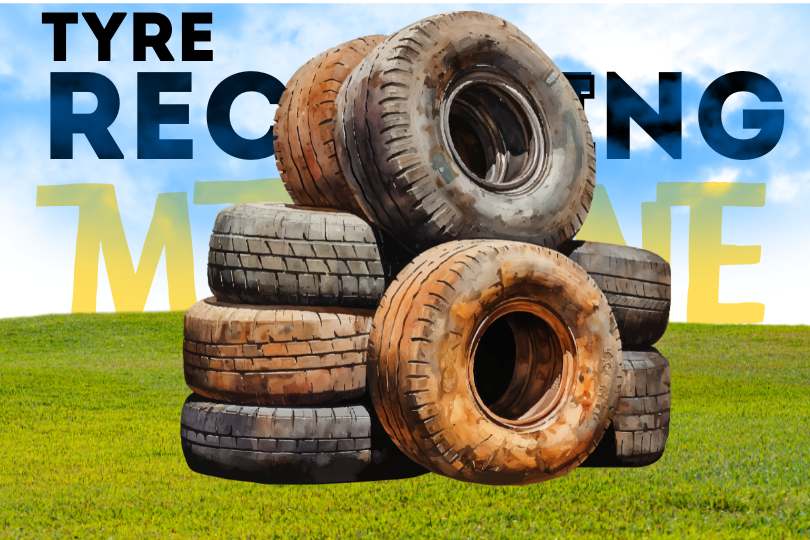Biodiesel Processor – The Engine Behind Clean and Sustainable Fuel
Introduction With the world shifting toward clean energy, one of the quietly innovative technologies leading the charge is the biodiesel processor. Gone from its early days as a specialized industrial device, today it is an indispensable segment in the clean, green, and locally-generated fuel production chain. As the environment becomes more important and fuel prices volatile, the biodiesel processors is finding a foothold in industry and agriculture alike as a lower-cost, environmentally friendly alternative to conventional diesel. What is a Biodiesel Processor? A biodiesel processors is a device that is used to break down oils and fats—like used cooking oil, vegetable oil, or animal fat—into biodiesel. The process is a chemical reaction called transesterification, in which oils are converted into fuel that is usable in any normal diesel engine. These processors vary from tiny DIY models to advanced industrial machines. Small or large, the aim is always the same: converting garbage into clean, usable fuel. How Does a Biodiesel Processor Work? The operation of a biodiesel processor is a step-by-step chemical and mechanical process. Here’s how it generally goes: Oil Collection Waste vegetable oil or animal fats are gathered from restaurants, food companies, or farm by-products. Pre-treatment and Filtering The oil is also filtered to eliminate impurities such as food debris, water, and soil. This is important in order not to disrupt the chemical reaction. Transesterification Process Methanol and a catalyst (sodium hydroxide or potassium hydroxide) are added to the oil. The processor at the biodiesel stirs and heats the mixture to allow for the chemical conversion. Separation The outcome is a two-layered substance: crude biodiesel on top and glycerin at the bottom. The processor separates them by settling or centrifugation. Washing and Drying The biodiesel is washed to clean up the remaining contaminants and dried to eliminate any excess moisture. The outcome? High-quality biodiesel that can fuel engines with less pollution and more efficiency. Why is Biodiesel Important Today? With soaring fuel prices and tightening emission standards, biodiesel is gaining popularity as a more viable option. Here are some reasons why industries are adopting the biodiesel processor: Environmental Benefits Biodiesel releases far fewer greenhouse emissions than petroleum diesel. It’s non-toxic and biodegradable, which cuts down on air and water pollution. Utilization of Waste A biodiesel processors converts used oils—previously considered waste—to quality fuel, establishing a circular economy model. Energy Security Countries and entities that employ biodiesel minimize their reliance on foreign fossil fuels, promoting local energy autonomy. Cost Savings In the long run, operating a biodiesel processors can generate considerable fuel cost savings, particularly when raw material (used oil) is obtained cheaply or even for free. Variety of Biodiesel Processors All biodiesel processors are not created equal. They differ depending on capacity, automation level, and intended user: Small-Scale or Home Biodiesel Processors For farmers or small-scale workshops, these units are semi-automatic and small. These are perfect for making fuel for personal consumption. Batch Biodiesel Processors Good for medium-sized operations, these processors process one batch at a time and are most flexible and less expensive in initial cost. Continuous Flow Biodiesel Processors Applying to large-scale commercial facilities, these automated systems continuously process biodiesel, increasing efficiency and quality. Mobile Biodiesel Units These processors are mounted on trailers or trucks and can process biodiesel on the move—ideal for rural areas or in emergencies. Each type of biodiesel processor is selected with specific objectives, availability of inputs, and fuel in mind. Setting Up Your Own Biodiesel Processor: What You Need Want to set up a at your farm or facility? Here’s what you’ll need to begin: Feedstock A good source of used cooking oil, vegetable oil, or animal fats is imperative. Chemicals Methanol and catalysts such as NaOH or KOH are needed for transesterification. Equipment for Processing A heating tank, mixing tank, separation chamber, and washing/drying unit—part of an entire biodiesel processor—are needed. Safety Installation Because flammable chemicals are used, safety equipment and fire protection measures are required. Space and Ventilation An open, ventilated space is best for safe operation. Following these best practices and steps, your unit can be efficient, safe, and profitable. Biodiesel Processor in Industry: Applications Nowadays, are not confined to research centers or green startups. They’re being used quite prominently in: Municipal Transport Systems Buses in the city and public transport vehicles operate on biodiesel to comply with emission standards. Agriculture and Farming Tractors and harvesters utilize locally made biodiesel from farm residues. Mining and Construction Heavy-duty trucks and machinery use biodiesel for reliable power and minimal emissions. Power Backup Systems Biodiesel generators offer cleaner power during power outages. Marine Industry Fishing and shipping boats are adopting biodiesel for environmental friendliness. Challenges in Using a Biodiesel Processor Like with any technology, there are difficulties with a biodiesel processor: Feedstock Quality Not all used oils are equal. Some will have contaminants that impact fuel yield. Chemical Handling Methanol and catalysts are toxic and need to be handled with care. Initial Investment Although long-term ROI is encouraging, the initial investment of a biodiesel processor may be prohibitive for small businesses. Maintenance Needs The system needs to be cleaned and serviced regularly for reliable performance. Yet, with planning and training, these obstacles are surmountable—and the rewards are well worth the risk. The Future of Biodiesel Processing The future processor of biodiesel is more intelligent, quicker, and more adaptable. Some of the trends defining the industry include: IoT Integration Monitoring and analytics in real time to optimize fuel quality and reduce waste. New Feedstocks Oils from algae and food-processing by-products are in the exploration phase. Automation Advancements Totally hands-free biodiesel processors are on the way to reduce man-made errors and increase scalability. Government Assistance Numerous nations are providing subsidies, tax rebates, Beyond and carbon credits for biodiesel production. Conclusion: Is a Biodiesel Processor Right for You? If you want to slash fuel expenses, minimize emissions, and convert waste into something worthwhile, then yes—a biodiesel processor is a worthwhile investment. It gives you the ability to create your own clean fuel, minimize your

